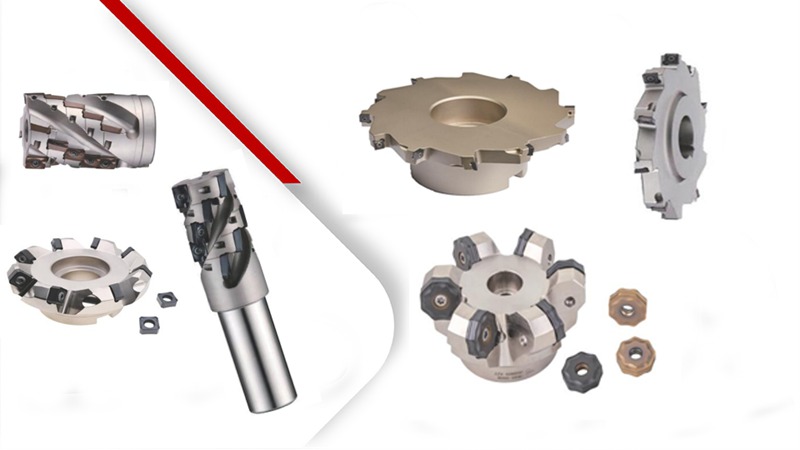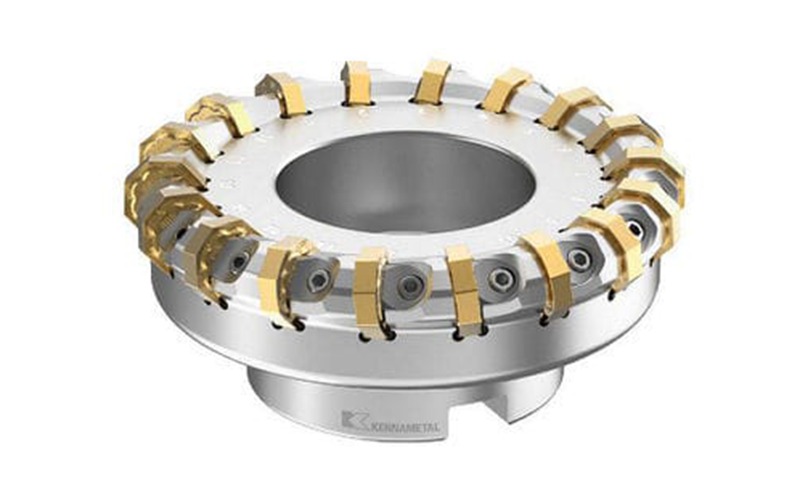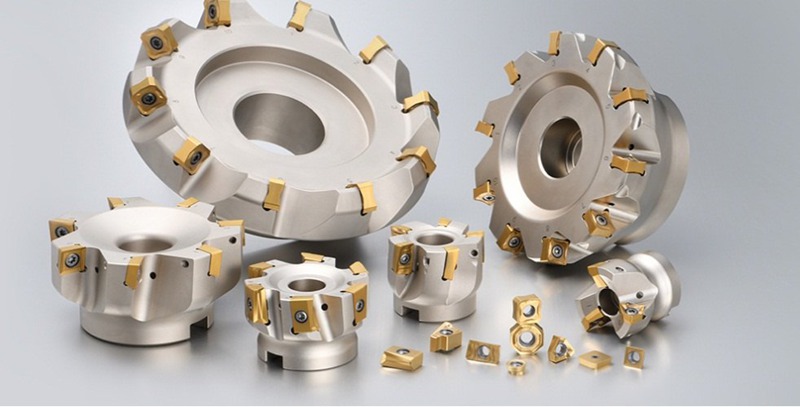Cast iron milling processing technology is a critical aspect of manufacturing across various industries, including automotive, aerospace, and heavy machinery. Milling cast iron requires specialized knowledge and tools due to its unique properties. This article delves into the nuances of cast iron milling, offering valuable insights and solutions provided by Halnn, a leading name in the industry.

Cast iron is a group of iron-carbon alloys with a carbon content greater than 2%. Its properties vary depending on the type of cast iron, including gray, ductile, white, and malleable cast iron. These properties significantly influence the milling process:
Gray Cast Iron: Known for its good machinability and high wear resistance, gray cast iron is commonly used in automotive engine blocks and machinery bases.
Ductile Cast Iron: Offers excellent tensile strength and ductility, making it suitable for automotive components and gears.
White Cast Iron: Extremely hard and brittle, used in applications requiring high abrasion resistance.
Malleable Cast Iron: Provides good ductility and impact resistance, used in pipe fittings and brackets.
Selecting the right milling tools is crucial for efficient cast iron milling. Halnn offers a comprehensive range of milling cutters designed to handle the specific challenges of cast iron:
End Mills: Ideal for detailed milling and intricate cuts, available in various sizes and geometries.
Face Mills: Used for large surface area milling, offering high material removal rates and excellent surface finishes.
Carbide Inserts: Engineered to withstand the abrasive nature of cast iron, extending tool life and improving performance.
Achieving optimal results in cast iron milling requires precise cutting parameters and techniques. Here are some key considerations:
Cutting Speeds and Feeds: Cast iron should be milled at moderate cutting speeds to avoid excessive heat generation. Optimal feeds depend on the tool type and material hardness.
Tool Geometry and Coatings: Tools with positive rake angles and sharp edges minimize cutting forces and improve chip evacuation. Coatings like TiAlN or AlTiN enhance tool life and performance.
Minimizing Tool Wear: Use rigid setups and minimize tool overhang to reduce vibrations. Regularly check and replace worn tools to maintain cutting efficiency.
Effective coolant and lubrication management is essential for cast iron milling:
Coolant Types: While cast iron can be milled dry, using coolants helps control heat and extend tool life. Water-soluble coolants and oils are commonly used.
Coolant Application: Direct coolant at the cutting zone to efficiently dissipate heat and wash away chips. Halnn's tools are designed to work effectively with minimal coolant requirements.
Modern milling technologies enhance productivity and precision in cast iron milling:
CNC Milling: Computer Numerical Control (CNC) machines provide high precision and repeatability, making them ideal for complex cast iron milling tasks.
High-Speed Milling: Involves using high spindle speeds and feed rates to achieve faster material removal while maintaining surface finish quality.
Innovations by Halnn: Halnn continuously innovates its milling tools, incorporating features like vibration dampening and adaptive control to improve milling efficiency.

Real-world applications of cast iron milling demonstrate the effectiveness of Halnn's solutions:
Automotive Industry: Halnn’s face mills are extensively used in milling engine blocks, providing high precision and superior surface finishes.
Aerospace Industry: Ductile cast iron components for aircraft are milled using Halnn’s advanced carbide inserts, ensuring durability and performance.
Heavy Machinery: Gray cast iron machinery bases are efficiently processed with Halnn’s end mills, offering excellent material removal rates.
Milling cast iron presents several challenges, which can be effectively addressed with the right tools and techniques:
Tool Wear: Use high-quality carbide inserts and regularly inspect tools for wear.
Surface Finish Issues: Adjust cutting parameters and ensure the use of appropriate tool geometries.
Chip Control: Employ proper chip breakers and coolant application to manage chip evacuation.
The future of cast iron milling is shaped by technological advancements and industry demands:
Automation and AI: Increased use of automation and artificial intelligence in milling processes to enhance precision and efficiency.
Sustainable Milling: Development of eco-friendly coolants and lubrication systems to reduce environmental impact.
Halnn’s Vision: Halnn continues to lead in innovation, focusing on developing advanced milling solutions that meet evolving industry needs.
Cast iron milling processing technology involves the use of specialized tools and techniques to mill cast iron materials. This process is crucial in industries such as automotive, aerospace, and heavy machinery, where cast iron components are common.
The most commonly milled types of cast iron are gray cast iron, ductile cast iron, white cast iron, and malleable cast iron. Each type has unique properties that affect the milling process.
Milling cast iron can be challenging due to its abrasive nature, brittleness, and tendency to generate fine dust. Tool wear, surface finish issues, and chip control are common challenges that need to be managed effectively.
The best tools for milling cast iron include carbide inserts, end mills, and face mills. Halnn provides a range of high-quality milling cutters designed specifically for cast iron, offering durability and precision.

Cutting speeds and feeds must be carefully controlled when milling cast iron. Moderate cutting speeds help prevent excessive heat generation, while the right feed rates ensure efficient material removal without compromising the tool life or surface finish.
Coolant helps control the temperature during milling, reduces tool wear, and aids in chip evacuation. Although cast iron can be milled dry, using coolants can significantly improve the milling process.
CNC milling offers high precision, repeatability, and the ability to perform complex milling tasks efficiently. It is ideal for producing detailed and accurate cast iron components.
Common problems include tool wear, poor surface finish, and chip control issues. Solutions involve using high-quality tools, optimizing cutting parameters, and ensuring proper coolant application. Regular tool inspection and maintenance are also crucial.
Halnn’s milling tools are designed to withstand the abrasive nature of cast iron, offering extended tool life and superior performance. Their advanced designs include features for vibration dampening and improved chip control, enhancing overall milling efficiency.
Future trends include increased automation, the use of artificial intelligence for process optimization, and the development of eco-friendly coolants and lubricants. Halnn is at the forefront of these innovations, continuously advancing its milling solutions to meet industry demands.
Cast iron milling processing technology is a vital aspect of modern manufacturing. By understanding the properties of cast iron, selecting the right tools, and employing advanced techniques, manufacturers can achieve superior results. Halnn, with its expertise and innovative solutions, stands as a trusted partner in this endeavor. For more information and expert guidance, contact Halnn today.
Website: https://www.halnncbn.com/
Email: halnntools@halnn-group.com
WhatsApp: +8615515925975
WhatsApp:8613271562251
Email:service@halnn-group.com
Address:R & D 5B, National University Science and Technology Park, National University, Changchun Road, Zhengzhou High-tech Zone